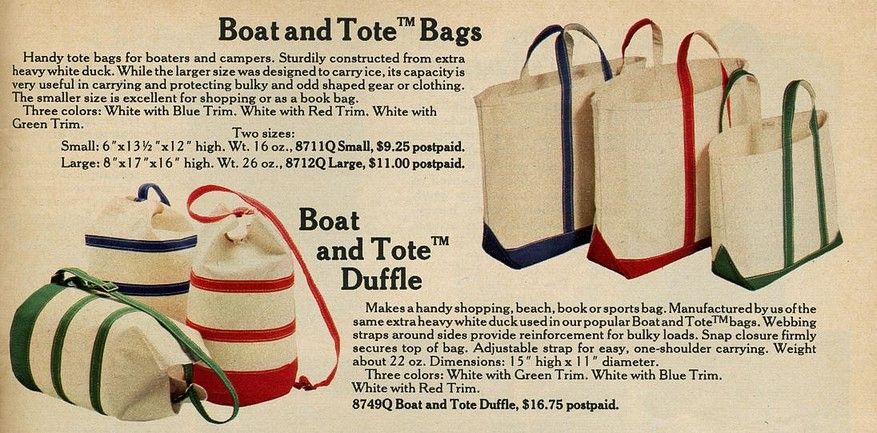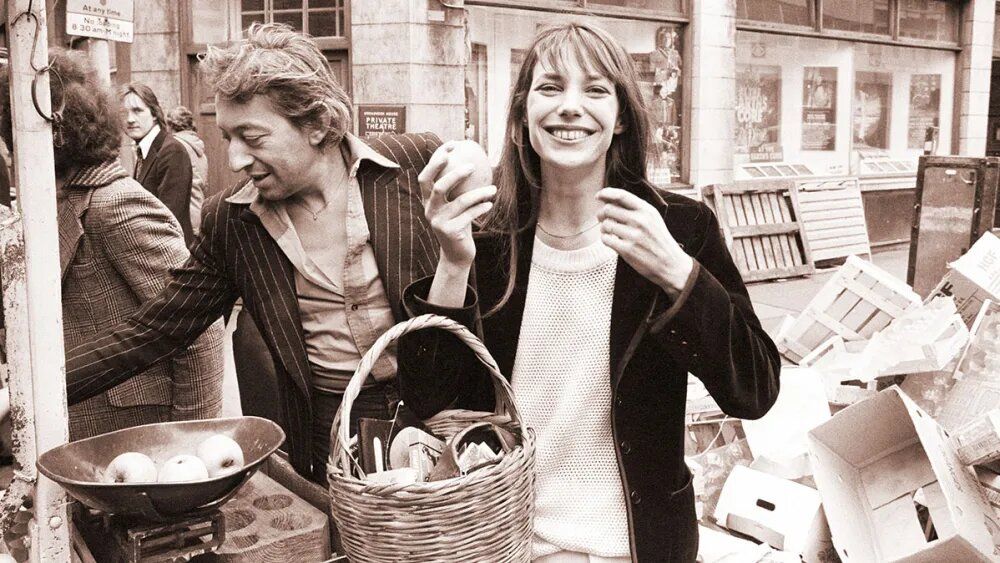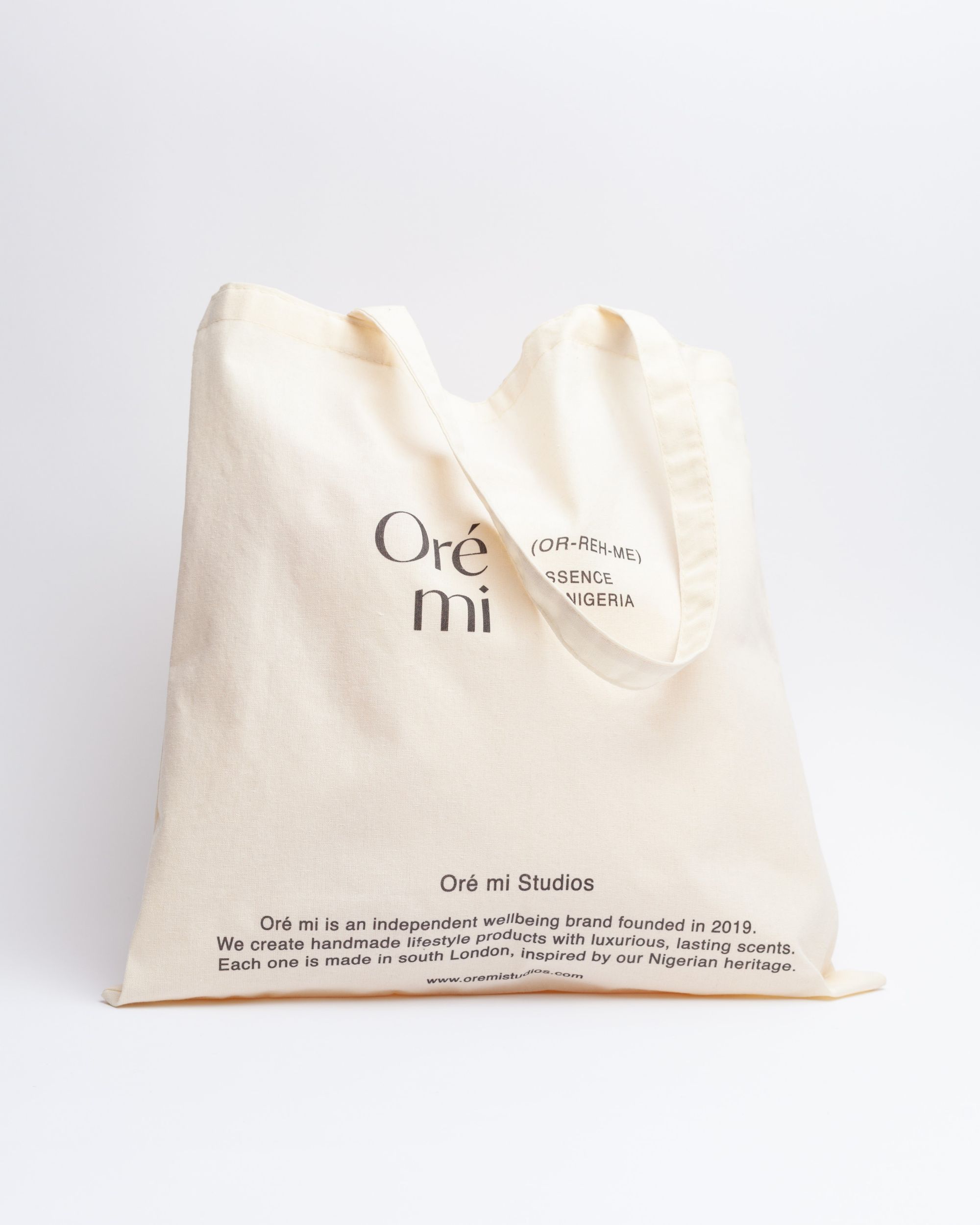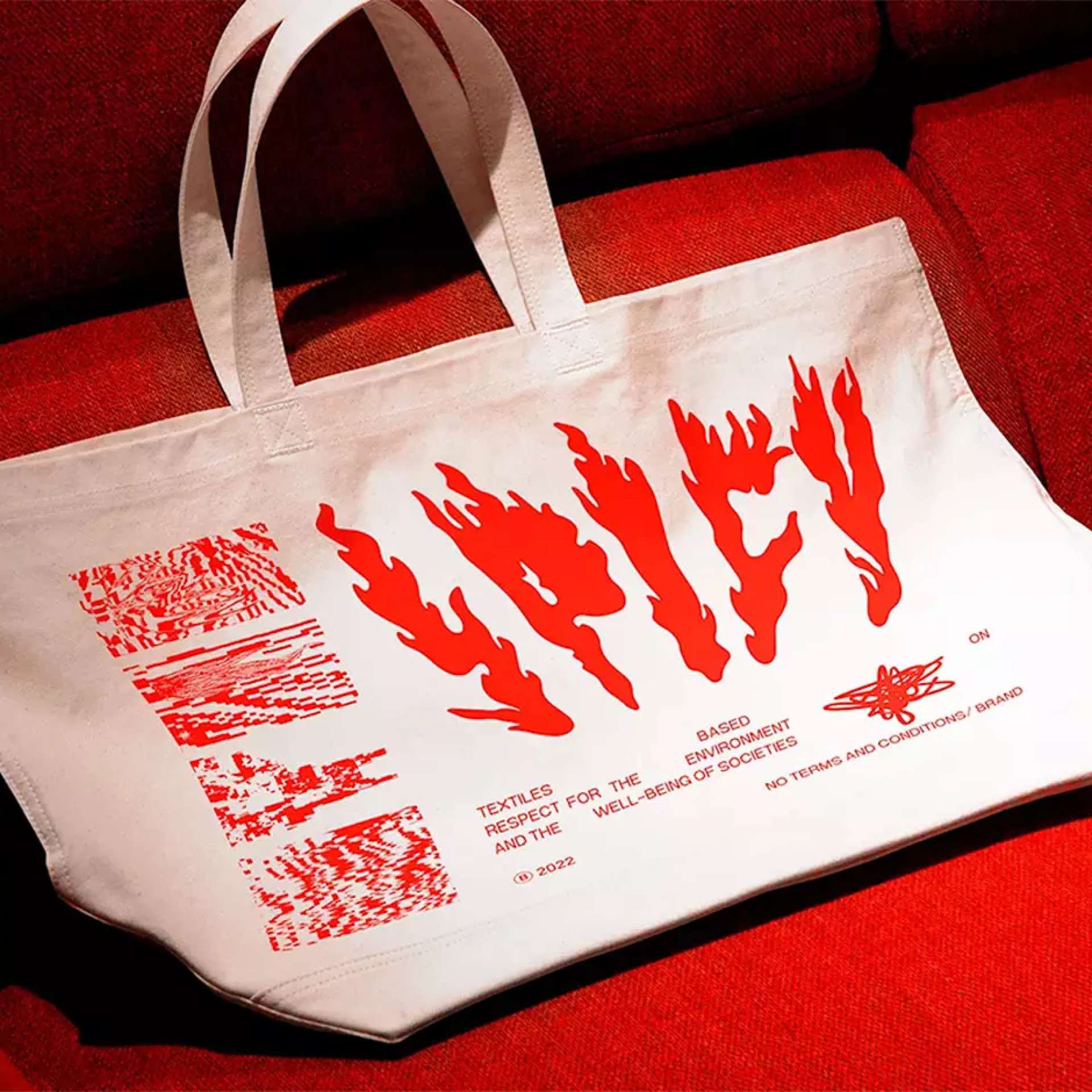What do fashion houses like Givenchy, non-profit organizations like Green Peace, and the everyday person all have in common?
Would you believe us if we said ‘tote bags’?
From casual shoppers doing their groceries to models strutting down a runway, tote bags have become ubiquitous. The question is: how? How did such a humble accessory take its place on the world stage, and how can your business have a piece of the action?
What’s in a Name? The Beginning of the Tote Bag

The word ‘tote’ became popularized in English in the 17th century, literally meaning ‘to carry by hand’. If we reach further back, the term most likely originated in Kikongo, West Africa, where the word ‘tota’ means ‘to pick up’. There’s some argument about when the bag that we recognize today was first invented – after all, a sack is a sack – but most agree that the turning point in its popularity was thanks to outdoor company LL Bean.
Back in 1944, they came up with a solution for lugging ice between your car and your home (an outdated struggle, but a struggle nonetheless). They called it their ‘Boat Bag’. Sturdy canvas with a water-resistant lining, homeowners soon realized that this bag was great for more than shifting ice.
From there, the iconic LL Bean canvas bag became an ‘everything’ bag. From grocery trips to picnics with family, they became a bastion of a well-run household. To this day, the most recognizable form of a tote bag is a canvas or cloth bag with a square shape, occasionally reinforced at the base.
So, that’s the end of the story, right?
Far from it, actually.
Tote Bags and Making a Scene

Tote bags quickly found their place in the fashion industry thanks to an American designer named Bonnie Cashin. Transcending simple practicality, this was a significant step in this bag’s march to fame.
Jane Birkin was instrumental in this transformation. Walking the streets of Paris, she was never without her iconic large woven basket. Though she loved the size and versatility of the bag, it was the strict shape of the woven basket that kept it from being perfect. That is, until the CEO of Hermès commissioned a high-fashion version of her bag to be made for the actress, solidifying the custom tote bag as a moment in fashion history.
(P.S. that bag recently sold for over $250,000. Most tote bags aren’t that expensive, we promise).
As the practical and fashion-forward shape become more popular in the wider public, businesses and movements alike noticed the free real estate just sitting, blank, on front of the bag. It was perfect for getting their message across. From there, totes became a symbol of the indie bookstore patron, the harried fashion designer, the value-conscious commuter.
Tote Bags and the Sustainability Movement

In particular, totes have found their natural place in the sustainability movement. These bags embody reusability through their very existence, which is one of the three core pillars of sustainability.
For every day people, tote bags are a simple way to make an eco-conscious choice while staying in-budget. Well-designed bags are also seen as a collectible, enhancing outfits or proclaiming deeply-held values (or well-loved brands) everywhere they go.
For businesses, totes have become an important part of advertising. Consumers are loyal to brands with whom they can connect, and businesses that take the time to offer a sustainable option to their consumers have found a lot of favour here. Beyond that, custom tote bags have become a mainstay of expo floors and gift bags, offering a simple way to advertise their brand.
How to Create Your Own Custom Tote Bag

If you’re running a business, tote bags have a secret superpower: word-of-mouth marketing. A well-designed custom tote pushes the boundaries of advertising, turning into an accessory your ideal consumer wants to walk around with. That’s essentially a small billboard, creating authentic social trust that can drive your brand forward.
In an age where consumers are more concerned with a business’ values than ever before, tote bags are ideal for emphasizing sustainability while seeing benefits for your business, too.
There are three simple steps to creating your own custom tote:
- Brainstorm: All great designs start with a brainstorm. Ask yourself which aspects of your business you want to represent. Tote bags don’t always have to have your logo front and center, so consider what kind of bag your customer would be happy to carry around while doing their errands.
- Design: We provide a simple online editor that lets you upload your pre-made design into our templates for quick and easy creation. For more complex designs, it might be worth hiring a professional designer, or talking to the in-house noissue team about our Plus design options.
- Distribute: Consider how you’ll distribute these bags to your customers. Will they be a free gift as part of your e-commerce store, or offered as storefront bags in your brick and mortar venue? Understanding how you’ll distribute the bags goes a long way to designing a range of bags for different applications.
Our team offers some great tips on maximizing word of mouth marketing through your tote bags, so make sure to get the most out of your order there.
From 1944 to 2023, the humble tote bag has seen a lot of evolution. But one thing is certainly clear: this well-loved essential has found its place in the world, and it’s not going anywhere anytime soon.
So, are you ready to make your mark?
Take your place in history with a custom tote bag for your business.
At noissue, we make crafting the perfect custom tote bag a breeze. Help your business stand out from the crowd, make its mark, and lead the way for your customers.
Whether you want to center your values or strengthen your unique pitch, tote bags are the way to do it. We offer minimum quantities for small businesses and wholesale prices for large enterprises. Get started with our online design portal now!
